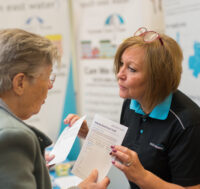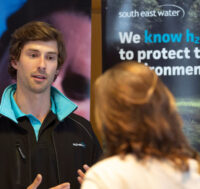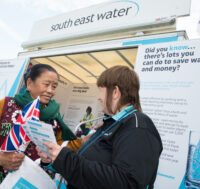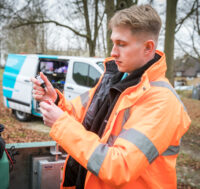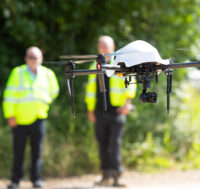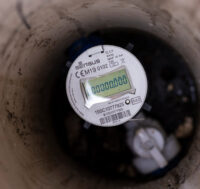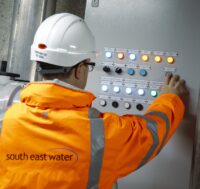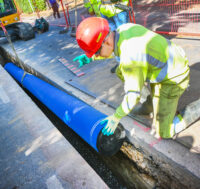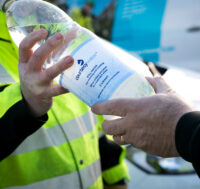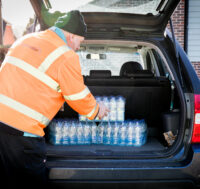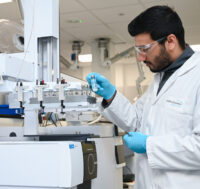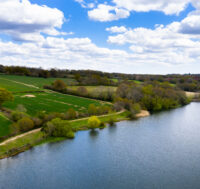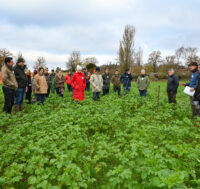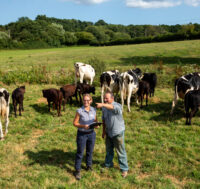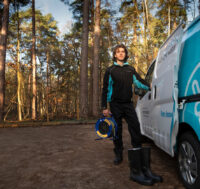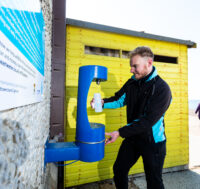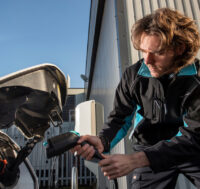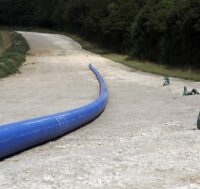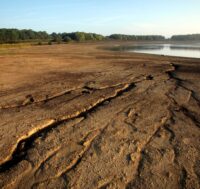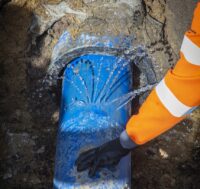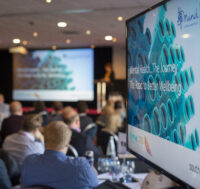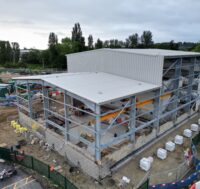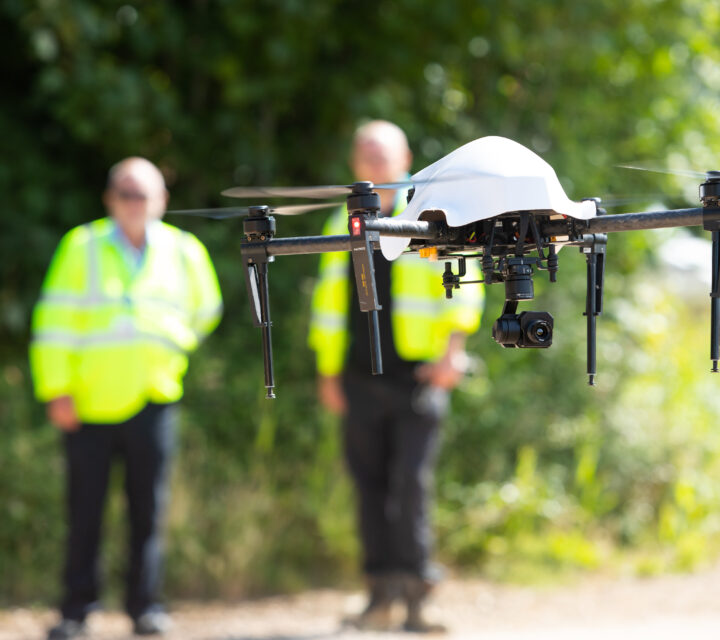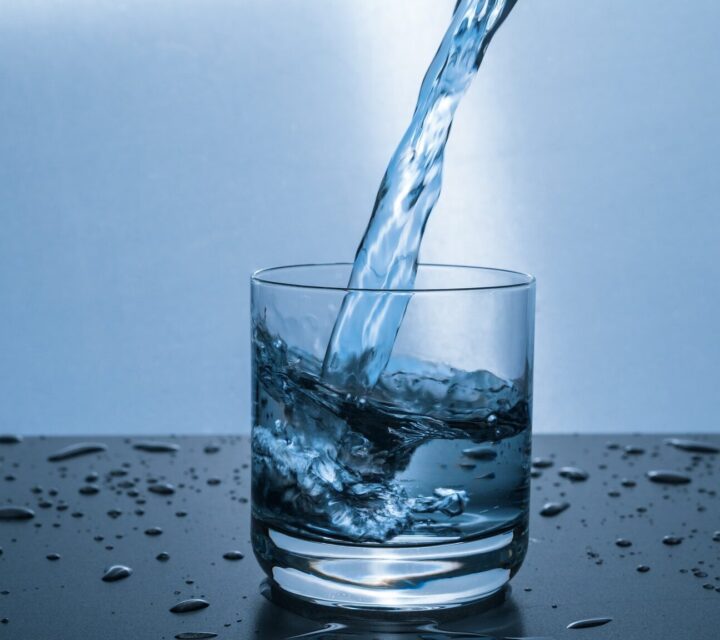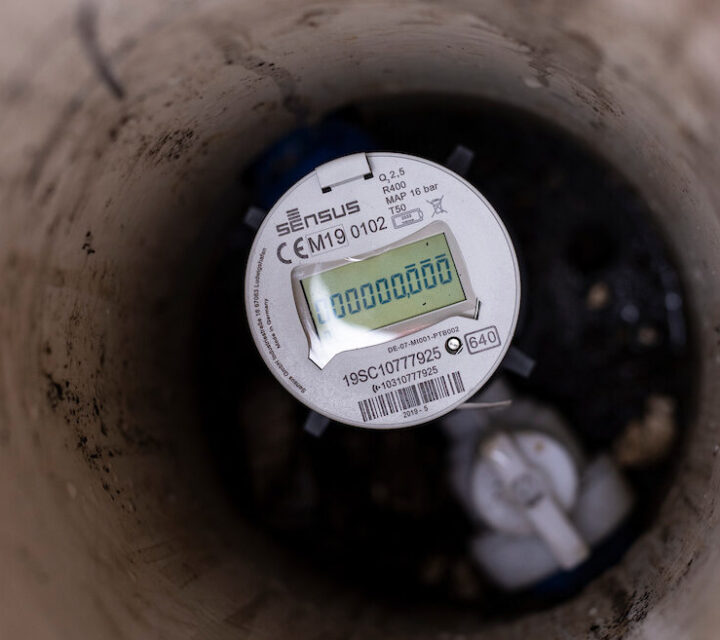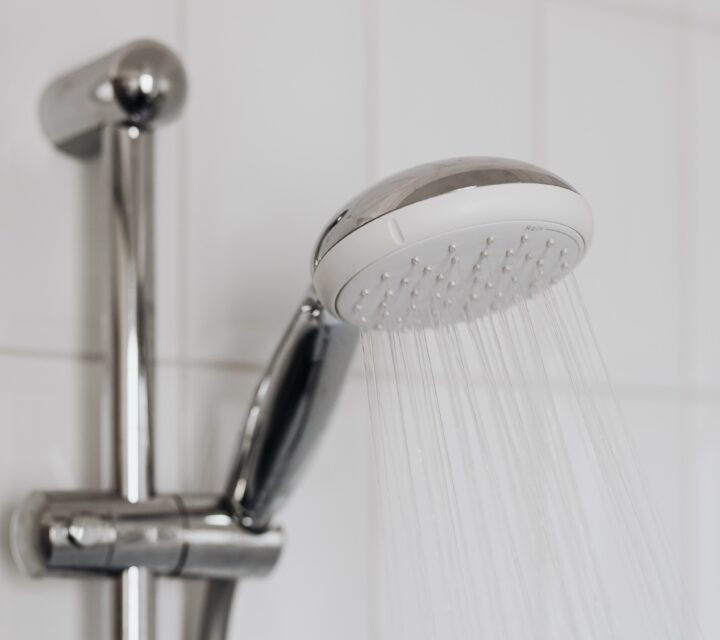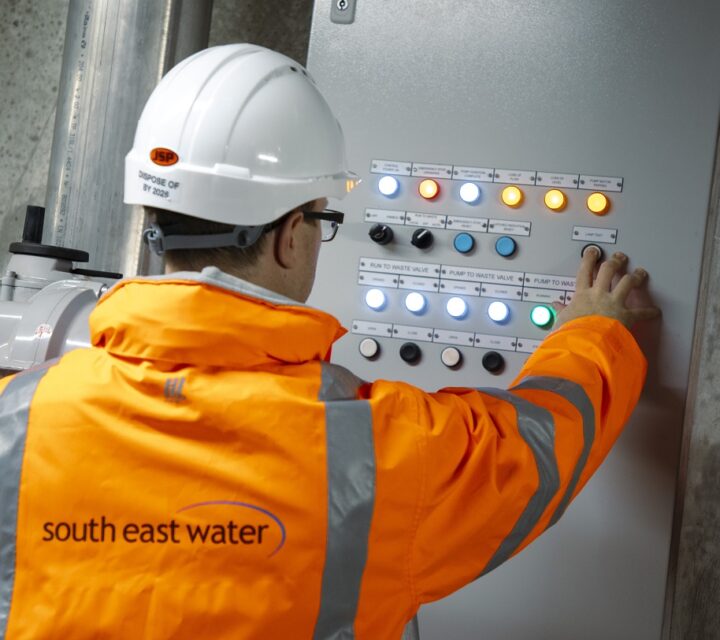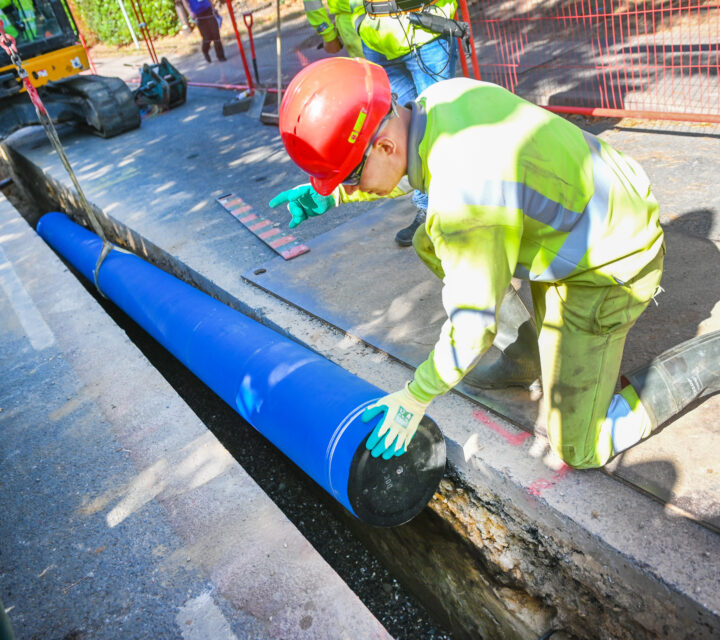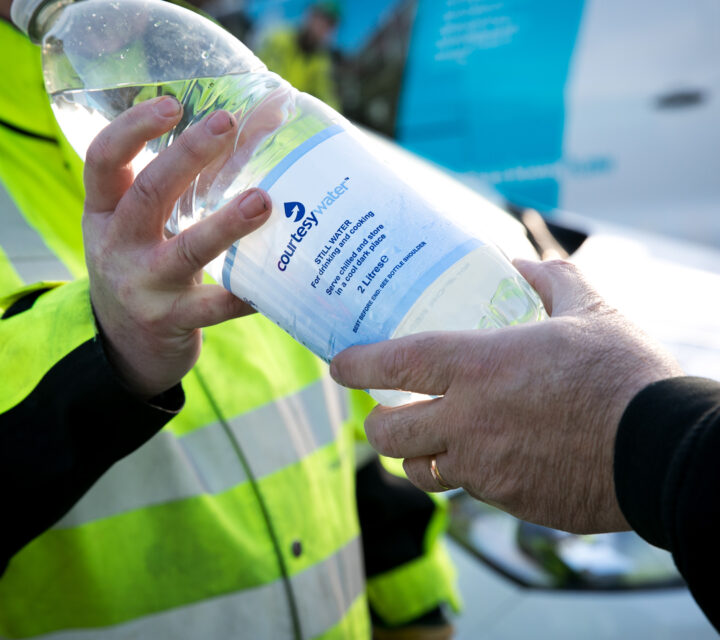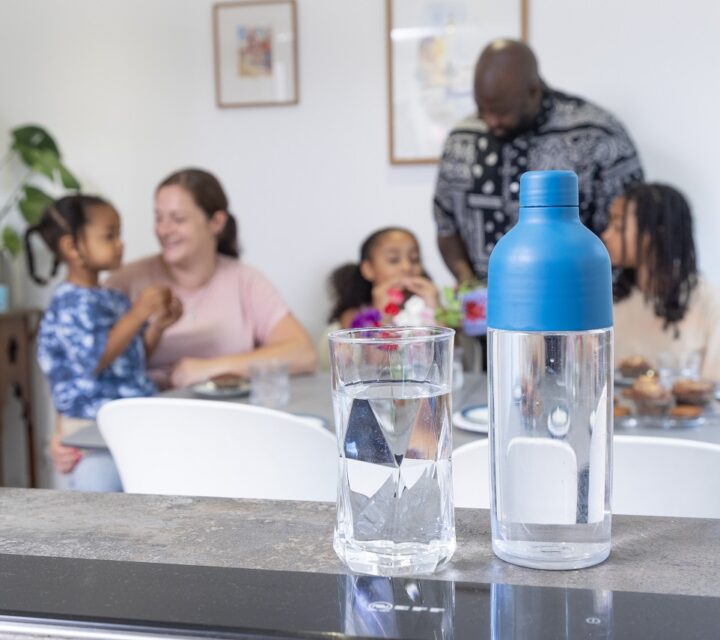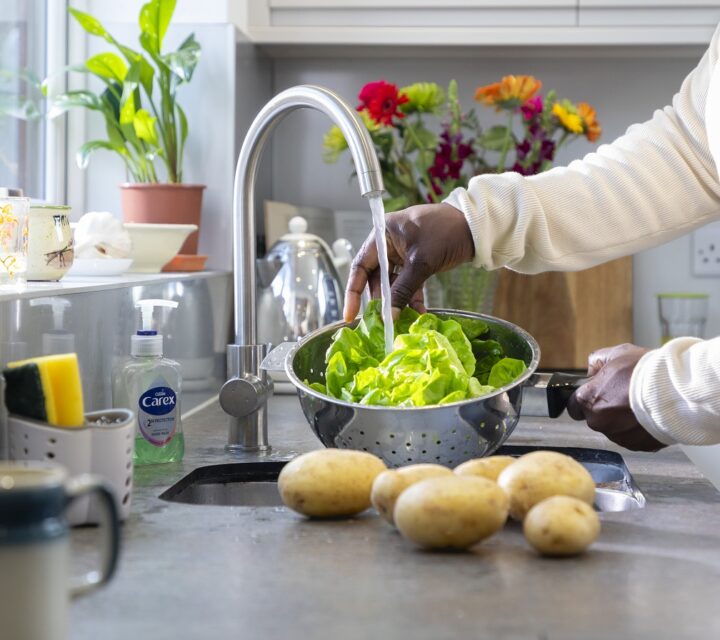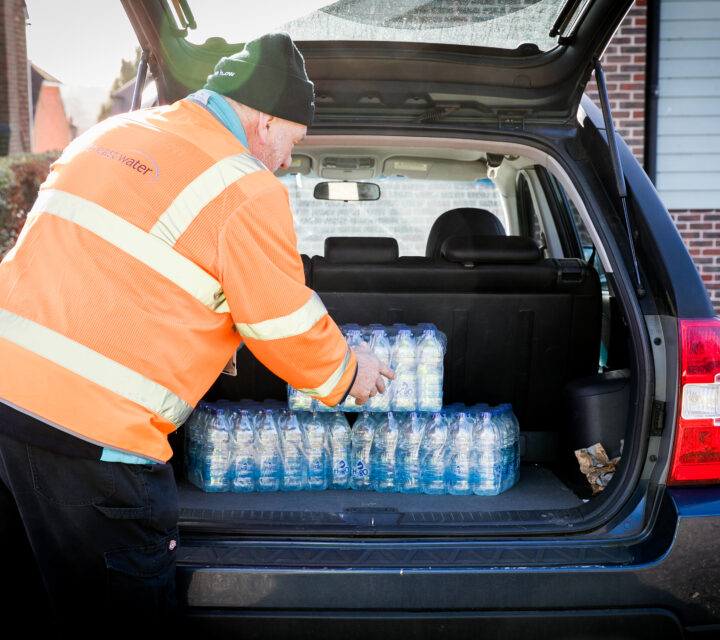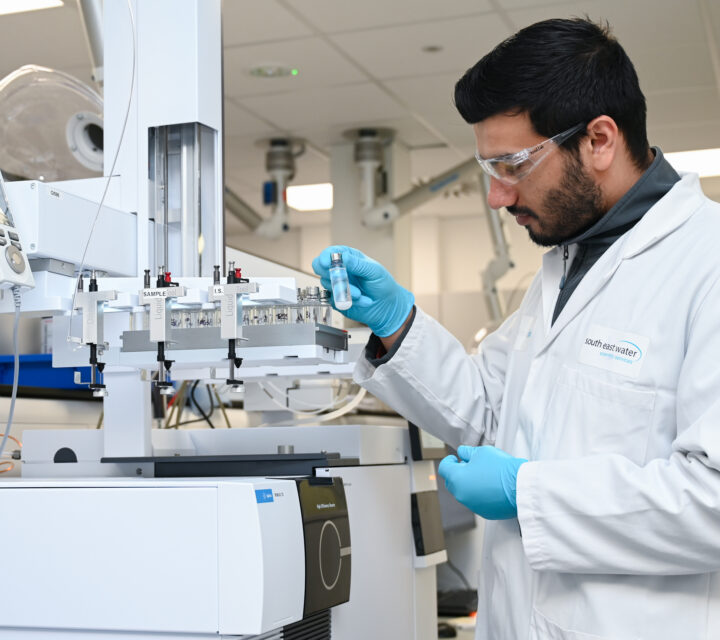Introduction by Oliver Martin, Regulation and Strategy Director
Strengthening our network security, resilience and flexibility is critical to maintaining water supplies and improving our service to customers.
We’ve invested £80 million into the water network in East Sussex, upgrading our infrastructure to provide greater flexibility to move water around the network and improve water quality. Work has included completing a £7 million upgrade to Barcombe Water Treatment Works (WTW).
The upgrade to Bewl WTW and the Bewl pipeline project, which will increase the amount of water we can treat and supply to the area, are both progressing well, with the mains upgrade on track for commissioning in the summer.
Work on the £39 million Butler WTW on Maidstone’s old Aylesford Newsprint site is nearing completion. This first new WTW to be built in Kent for 18 years will allow us to treat and pump up to 20 million extra litres of water a day to the local community.
We’re investing £12 million in a two-phase project to install new water main in areas of east Kent which experienced supply interruptions during recent record-breaking summers.
The first of our 10 new water tankers have already been used during supply incidents, reducing the need to rely on bottled water and improving our support for customers during outages and interruptions. The tankers also enable us to inject water into the network to return critical supplies of water as quickly as possible, keeping the network up and running during key maintenance programmes.
To further improve our response during incidents, a new curtainsider vehicle to move bottled water around our area more efficiently is on its way and more vehicles are in the pipeline. Additional bottled water station locations have been proactively identified in key locations using web-based mapping software in readiness for any incident.
Supply interruption contingency plans have been extended and we’re working with our supply chain partners to source additional alternative water supply options for major incidents while increasing our internal alternative water team. We’ve also identified and tested additional network hydrant tanker injection points to support customers and protect reservoir storage during interruptions.
We now reach 70 per cent of customers impacted by an incident via our new AquAlerter messaging system. Feedback on the system, which keeps customers updated on incidents, remains very positive.
Recent news underlines the threat to organisations and critical infrastructure from cyber criminals. We are using industry-leading tools and techniques to constantly improve our cyber security resilience, resulting in us achieving the Drinking Water Inspectorate’s (DWI) standard for compliance with the Network and Information Systems regulations (NIS). We also have comprehensive staff training which is underpinned by rigorous and robust policies and procedures. Our supply chain partners and stakeholders share our commitment to the highest security standards.
During 2024/2025, we’ve flushed 900 km of pipes to remove deposits which build up over time and safeguard water quality.
We are continuing to perform strongly against the water quality target and industry average in the DWI’s Compliance Risk Index performance measure. This considers water quality compliance failures at WTWs, service reservoirs and in domestic households. Our performance was 1.09 against an Ofwat deadband of 2.00 and an industry average of 5.20.
Event Risk Index (ERI) measures the company’s response to unplanned events impacting water quality and supply resilience. The company performed strongly, showing a significant improvement on the previous year with a score of 28, against a company target of 50 and an industry average of 2229. The improvements shown are as a direct result of the investment at our treatment works and the improved procedures for managing loss of supply events.



